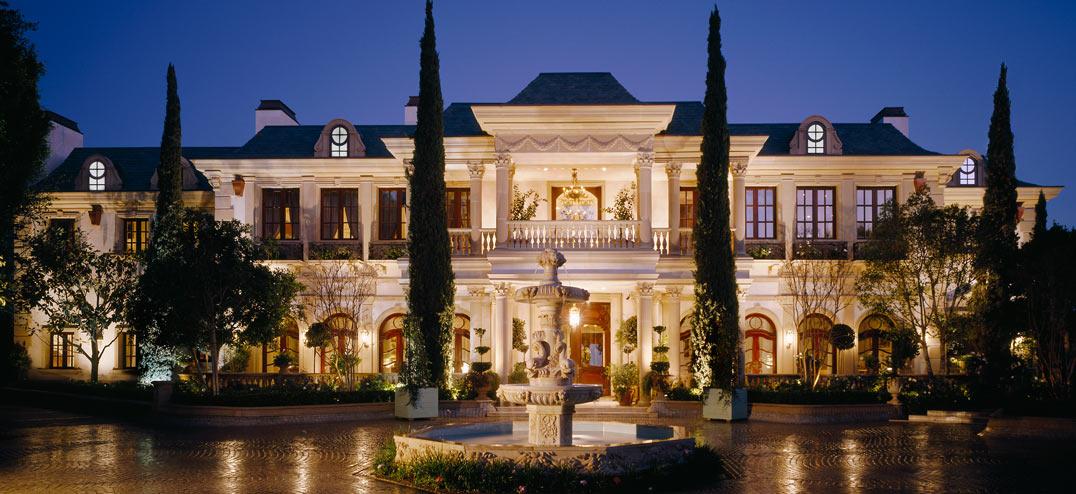
As someone who has over-improved his fair share of rental properties, I’ve learned some expensive answers to that question.
How do you calculate returns on improvements, when each neighborhood (and sometimes each block) is different? How do you draw a line when amenity expectations among tenants are constantly shifting? And what about rapidly shifting real estate markets like Portland or Seattle?
While it’s ultimately a judgment call, there are still some firm guidelines landlords can follow. Here are some rules, guidelines, and the right questions to ask when calculating your ideal bling factor for your rental properties.
Become an Expert on Your Market
Each market is different, and you need to know yours like a hipster knows all the different shades of black jeans.
Look through fifteen to twenty recently-leased local units and pay careful attention to their amenities and price points. Next, find five available rental units similar in size, layout and location to yours. Contact the leasing agent as a prospective renter and walk through each, carefully noting each amenity and how the unit compares to your own.
Then keep an eye on how quickly these units are rented.
What amenities are just a baseline, expected by all renters in the area? Which ones separate the mid-range units from the lower-end units? What amenities would have Jay-Z singing “Big Pimpin’” circa 2000?
How are the rents priced, for different units along this spectrum?
You should quickly be getting a sense for what amenities add value in your area, and how much value each adds.
Response Rates as a Gauge
Price your rental just a little higher than you think is fair market value. If you estimate market rent to be $2,100/month, try $2,195.
That gives you room to negotiate, if a good applicant makes a counteroffer. It also positions your rental to appeal to a slightly better class of applicant.
The response rate will give you a yardstick to measure how your property stacks up to the competition. If you’re flooded with rental applications, congratulations, you can probably raise the asking rent. Pass Go and collect an extra $200.
If only the occasional
rental application trickles in… well, something’s off.
You may be asking too much for the unit. How much demand is there in the area? If demand is healthy, you may have under-improved the rental unit. Consider editing your rental listing to include one or two more amenities – if the response rate rises, you can send in your contractor to do the upgrade.
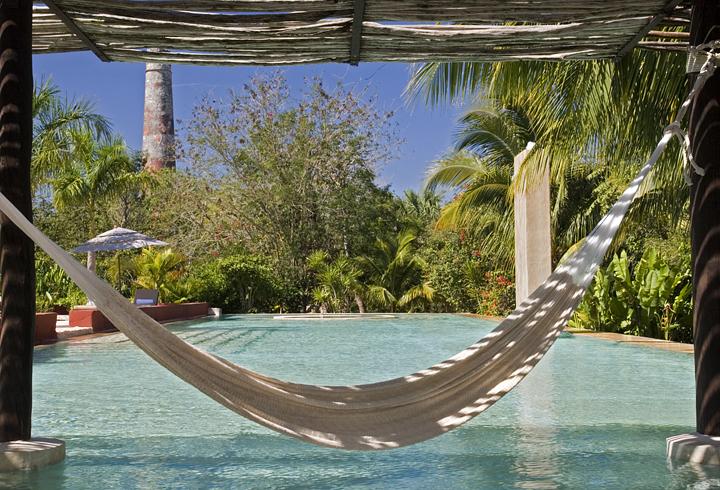 It’s Better to Under-Improve than Over-Improve
It’s Better to Under-Improve than Over-Improve
When you’re grilling a steak, is it better to undercook it or overcook it? The chefs among you should all be saying “undercook, because if I take it off too early I can always just throw it back on the grill.”
But you can’t un-cook that ribeye. Once it’s done, nothing’s turning back the clock on your new black hockey puck.
The same principle applies to rental properties. You can always add another improvement or upgrade, but you can’t un-spend that money when you over-improve.
So the rule is simple: when in doubt, be conservative and hold off on the upgrade. Advertise the unit for rent, and see what kind of response comes back. If you have to accept a lower rent this time around, or advertise a yet-to-be-completed upgrade to see how it impacts your response rate, so be it. You can make upgrades as needed, moving forward.
Keep Good Renters, Make Occasional Upgrades, Raise the Rent
Have good renters that pay on time and treat the unit well? Keep them for the long haul.
Your goal is twofold: sign a long-term lease renewal with them, for a higher rent rate. Before you can do that, you need to first understand them and establish a relationship with them. (No Marvin Gaye records required.)
Stay in touch with them every few months. Occasionally ask what amenities they would add, if they could wave a magic wand. Ask about their children by name. Send them handwritten holiday cards.
Feel out whether they have any interest in staying, or plan on moving. They may want to move for reasons you can’t help; maybe they want more space, or to be closer to work, or in a better school district.
If the tenants are amenable to staying, tell them that they’ve been good tenants and you’d be happy to sign another rental agreement with them. The rent will be going up to $X for the next year, but you can offer them a two- or three-year rental agreement to lock in the rent price, so that their rent doesn’t rise again next year.
To sweeten the deal, you can always offer to add an amenity that the renter wants. But always choose an amenity that will predictably raise the rent you can command from future tenants too. Compare return on investment for several amenities, and choose one with high ROI that will pay for itself quickly in higher rent.
 Advertising Edge: Standout Amenities
Advertising Edge: Standout Amenities
Want to stand out from the competition, to attract higher rents and higher-quality renters? Find one or two uncommon and sexy amenities that will make your unit jump out at house-hunting renters.
I did this once with a hot tub. I spent around $2,000 total, and installed it in my home that I knew I’d later put on the market for lease. And it worked: people noticed and responded to the rental listing, despite the higher rent price. But hot tubs are complicated pieces of machinery that require upkeep, and I won’t spend that much money again on such a breakable amenity.
Another idea for standout amenities is
smart home upgrades: they’re affordable at around $200 apiece, and are still uncommon enough in many markets stand out in rental listings. Install two or three smart home gadgets in your rental property and suddenly you can advertise it’s a “smart home.”
Gas fireplaces, pellet stoves and wood-burning stoves add charm and stand out, if you can install them cheaply by tying into existing lines and ducts. Be sure your friendly neighborhood insurance agent doesn’t slap you with higher premiums though.
But always calculate out how long an investment will take to pay for itself, in higher rent. Amenities and property upgrades are investments, so you need to know the return you can expect from them.
Before You Invest, Investigate
Considering investing in a lower-end neighborhood with rents that meet the “2% Rule?” Buyer beware. (And seriously,
don’t rely on the 2% Rule, it’s about as useful as male nipples.)
Bad neighborhoods usually make bad investments, unless you’re willing to go full slumlord. I made this mistake, thinking I could provide good housing in bad neighborhoods, and am still paying the price many years later. Naïve investors sometimes have these delusions of grandeur, thinking they can buy properties in cheap, crime-ridden neighborhoods and make a difference by renovating their one little property well.
It’s a recipe for disaster.
High vacancy rates, high crime rates, high eviction rates all mean that no matter how much you overspend on your unit, tenants will never bang down the door to lease it. They’ll never pay enough rent to cover the expenses you’ve put in the properties. Low-end renters are also much more likely to default on the rent and trash your unit.
It’s not politically correct to discourage investments in affordable housing, but political correctness is a luxury for mouthy spectators who aren’t actually risking their own money in real estate investments. No amount of righteousness and indignation will change the fact that inexperienced investors will lose their shirt in low-end investments.
Stick with stable neighborhoods with steady demand. Neighborhoods where you can attribute response rates directly to rent price and amenities, rather than the neighborhood simply having high turnover and vacancies.
When you upgrade your rental unit, be able to account for every penny you spend. How will this penny directly lead to higher rents and lower vacancy rates? You can gradually add amenities as you feel they’re justified by higher rents, but you can’t un-spend money once it’s gone. Most important of all, know your market inside and out, upside-down and right-side up, so you can make accurate projections about what amenities will actually command higher rents… and how much.
♦
What amenities and property upgrades have you seen a good return on? Lost your shirt on? We won’t judge, we’re in the trust tree here.
Related Reading:
 As someone who has over-improved his fair share of rental properties, I’ve learned some expensive answers to that question.
How do you calculate returns on improvements, when each neighborhood (and sometimes each block) is different? How do you draw a line when amenity expectations among tenants are constantly shifting? And what about rapidly shifting real estate markets like Portland or Seattle?
While it’s ultimately a judgment call, there are still some firm guidelines landlords can follow. Here are some rules, guidelines, and the right questions to ask when calculating your ideal bling factor for your rental properties.
As someone who has over-improved his fair share of rental properties, I’ve learned some expensive answers to that question.
How do you calculate returns on improvements, when each neighborhood (and sometimes each block) is different? How do you draw a line when amenity expectations among tenants are constantly shifting? And what about rapidly shifting real estate markets like Portland or Seattle?
While it’s ultimately a judgment call, there are still some firm guidelines landlords can follow. Here are some rules, guidelines, and the right questions to ask when calculating your ideal bling factor for your rental properties.
 As someone who has over-improved his fair share of rental properties, I’ve learned some expensive answers to that question.
How do you calculate returns on improvements, when each neighborhood (and sometimes each block) is different? How do you draw a line when amenity expectations among tenants are constantly shifting? And what about rapidly shifting real estate markets like Portland or Seattle?
While it’s ultimately a judgment call, there are still some firm guidelines landlords can follow. Here are some rules, guidelines, and the right questions to ask when calculating your ideal bling factor for your rental properties.
As someone who has over-improved his fair share of rental properties, I’ve learned some expensive answers to that question.
How do you calculate returns on improvements, when each neighborhood (and sometimes each block) is different? How do you draw a line when amenity expectations among tenants are constantly shifting? And what about rapidly shifting real estate markets like Portland or Seattle?
While it’s ultimately a judgment call, there are still some firm guidelines landlords can follow. Here are some rules, guidelines, and the right questions to ask when calculating your ideal bling factor for your rental properties.

 It’s Better to Under-Improve than Over-Improve
It’s Better to Under-Improve than Over-Improve Advertising Edge: Standout Amenities
Advertising Edge: Standout Amenities
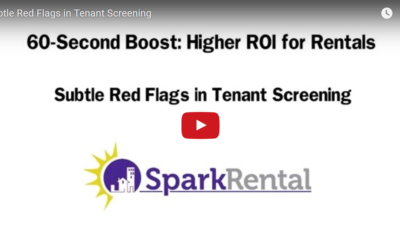

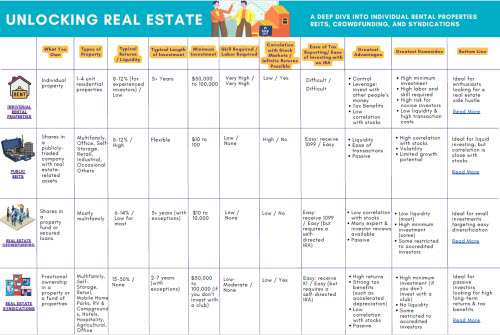


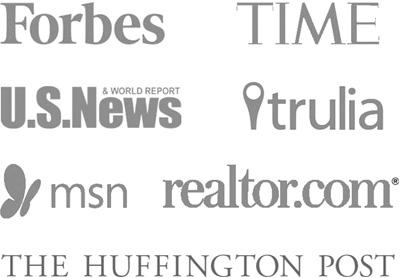





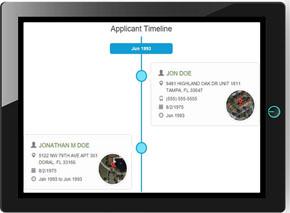



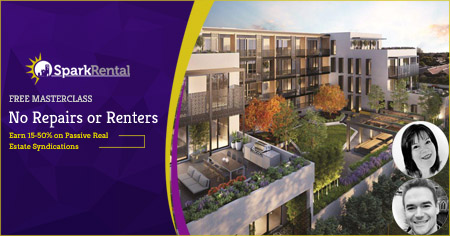
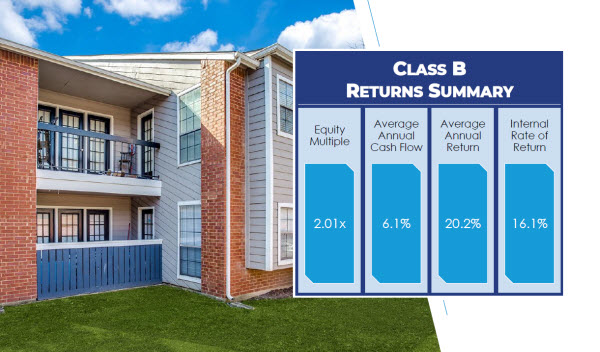

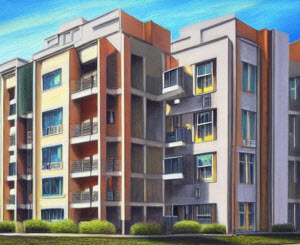

Great article as usual. I’ve known a lot of landlords who have over-improved their rental units and can’t raise the rent enough to make back the investments. Even after five or six years! Gotta know your market.
Thank you for the kind words Sally! We try to keep it real 🙂
Landlords don’t pay enough attention to their amenities versus their local market. Untapped resource for improving ROI, for those willing to periodically put in some work and look closer at their market.
Very true Matt! It’s so critical that landlords know their neighborhood market inside and out. When they do, they’ll find their returns take a turn for the better.